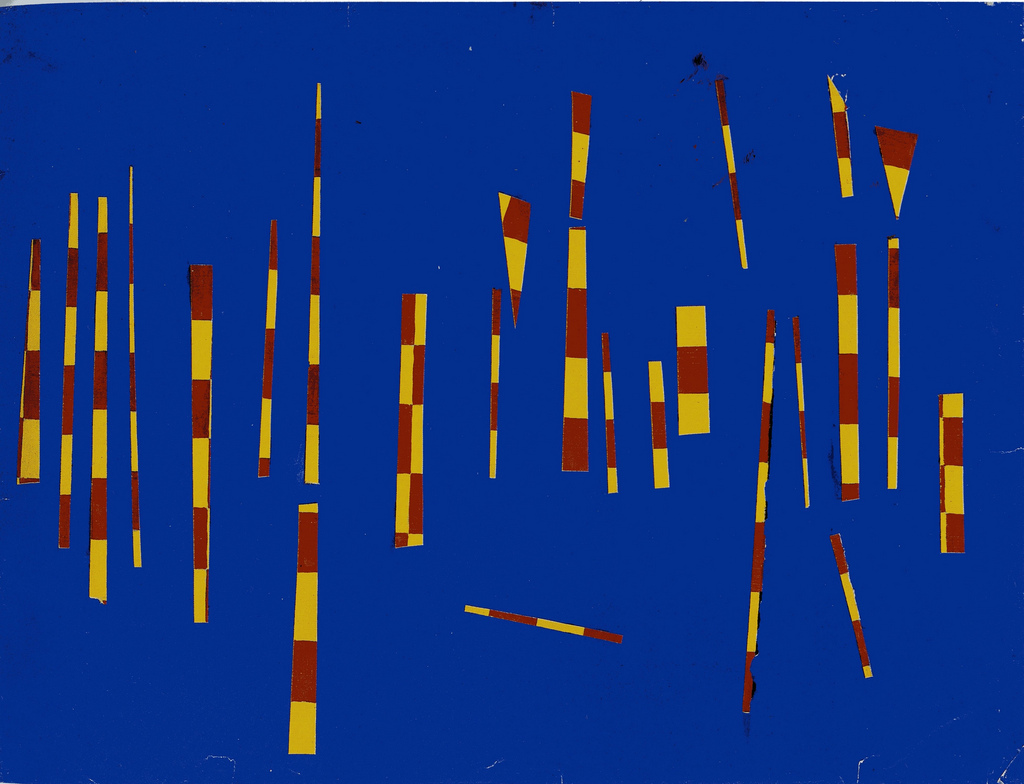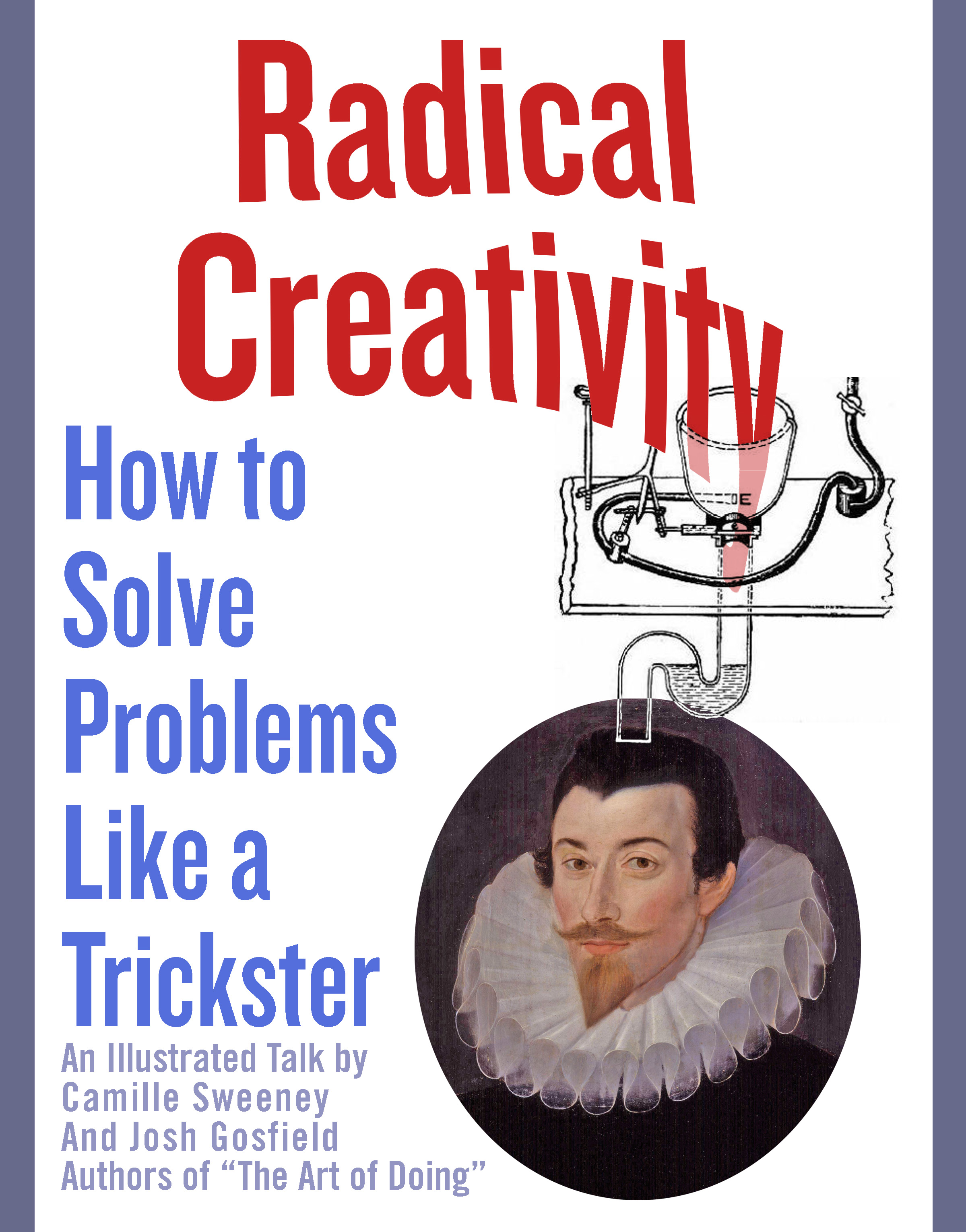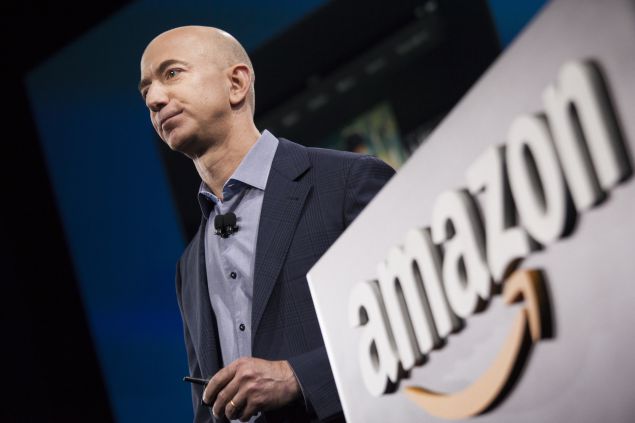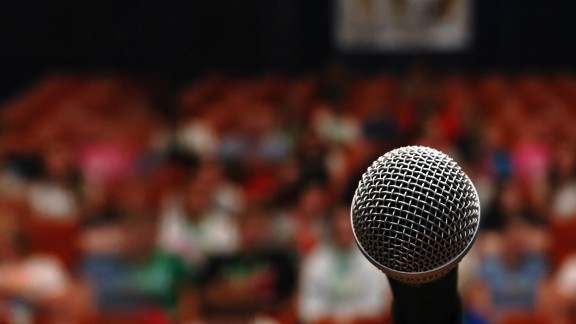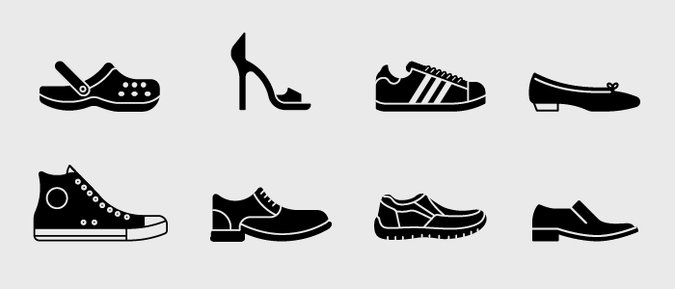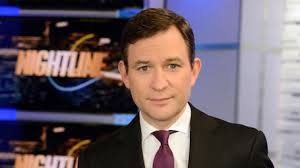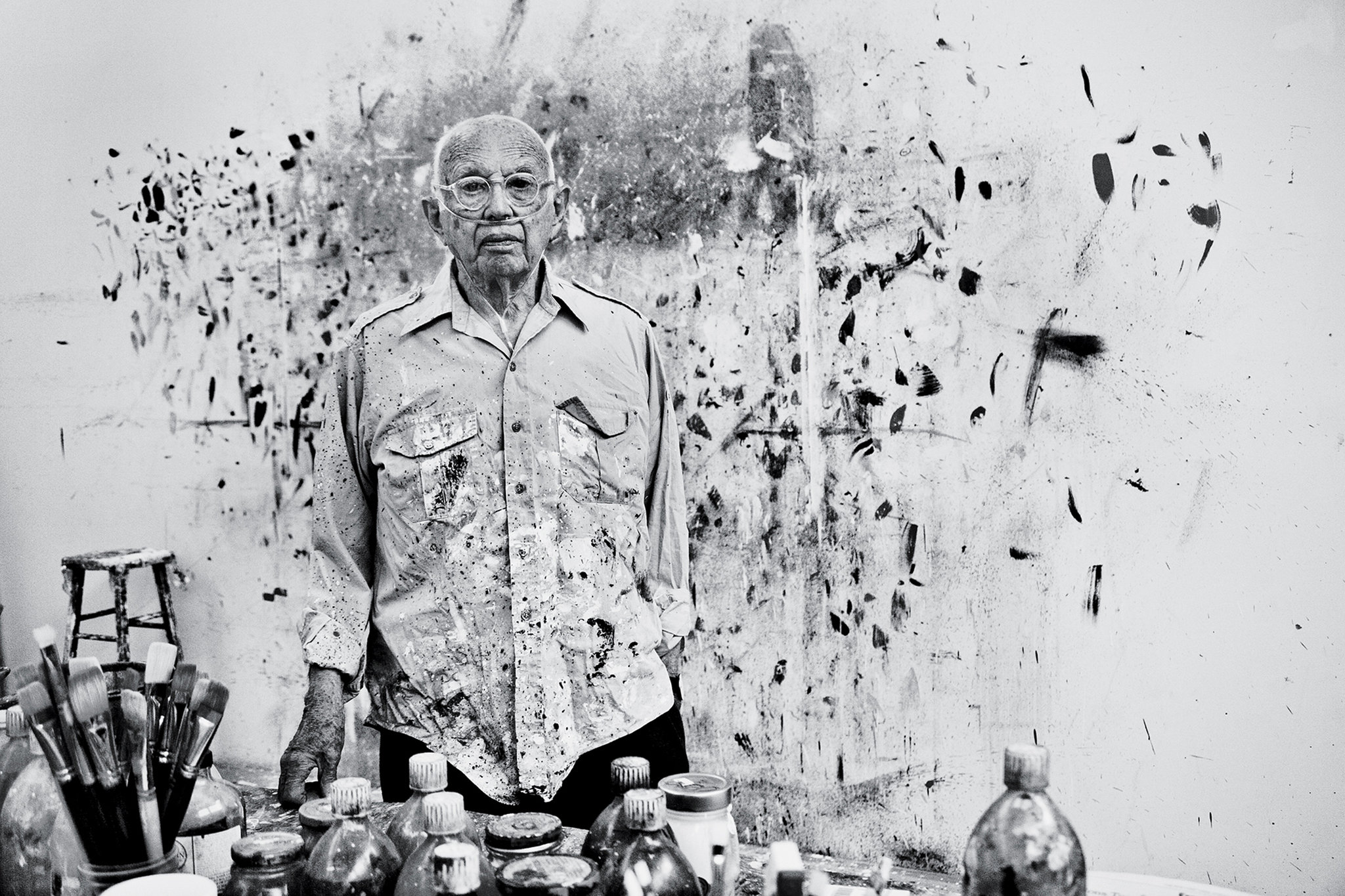
“The most pleasurable thing in the world for me is to see something and then translate how I see it.” – Ellsworth Kelly
Visionary painter Ellsworth Kelly died last month. I (Camille) had the pleasure of interviewing Ellsworth one bright autumn day in 2014 for a story I was working on “Old Masters” for The New York Times Magazine. Ellsworth Kelly, who was 91 at the time, became a nature lover and avid bird-watcher at a young age. After a stint in the army designing camouflage, Ellsworth combined as art critic Holland Cotter described in his obit for The New York Times, ‘the solid shapes and brilliant colors of European abstraction with forms distilled from everyday life.’ My art, Ellsworth said, is an attempt “to get at the rapture of seeing.” This was a path that he sought everyday. “I want to work like nature works,” he told me. His work is a testament to maintaining a life-long vision.
Here is an excerpt from our conversation on aging:
What’s different about your life now that you’re older?
When I was 79, I asked my doctor, ‘‘I’m 79 and you say I’m in good health, what should I expect from the 80s?’’ And he said: ‘‘If you haven’t got any of the Mayo diseases, you’re pretty good. You can slide right through.’’ And I said, ‘‘What about the 90s?’’ And he said, ‘‘Well .?.?. we’ll talk about that.’’ But I didn’t sail through exactly. What happened five years ago is I discovered that painting with turpentine, which I’ve been doing since the 1940s, had ruined my lungs. So I’ve been on oxygen ever since.
Any surprises?
I don’t travel now. That’s the big thing. But I’m here [in Columbia County, N.Y.], and I love it. Each year I’m very surprised by the color. . . It’s one thing about getting older, you see more. . . . Everyday I’m continuing to see new things. That’s why there are new paintings.
What are your days like now?
I’m in the studio everyday. I draw a lot. . . I chose plants because I knew I could draw plants forever. I want to work like nature works. I want to understand the growth of plants and the dead leaves falling. Oh, how I connect with that!

